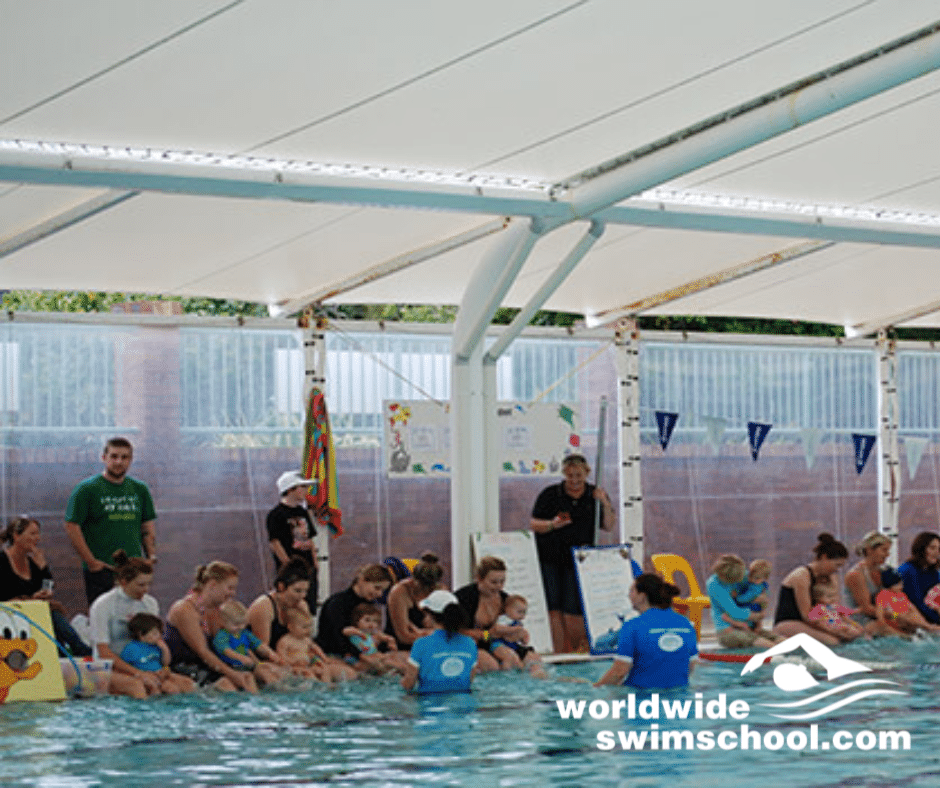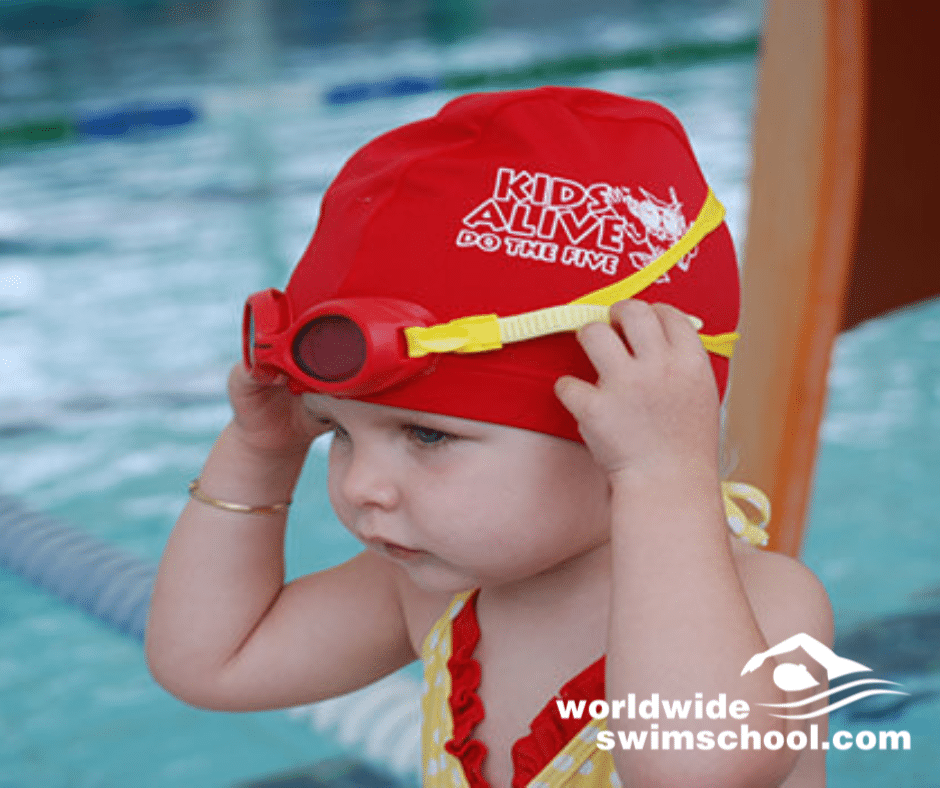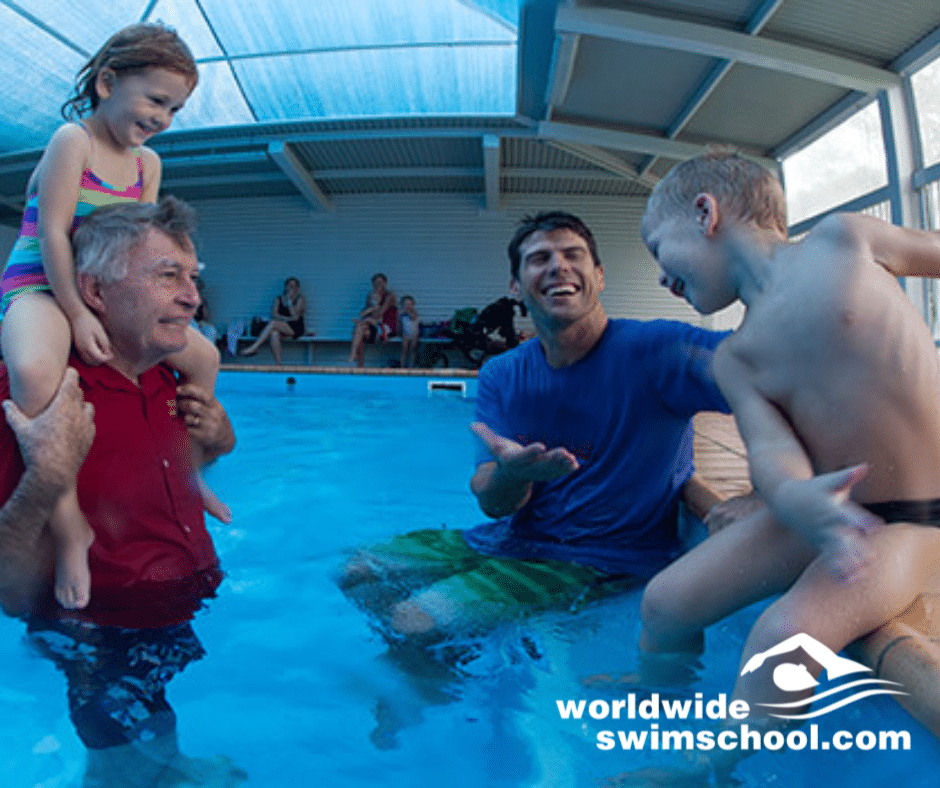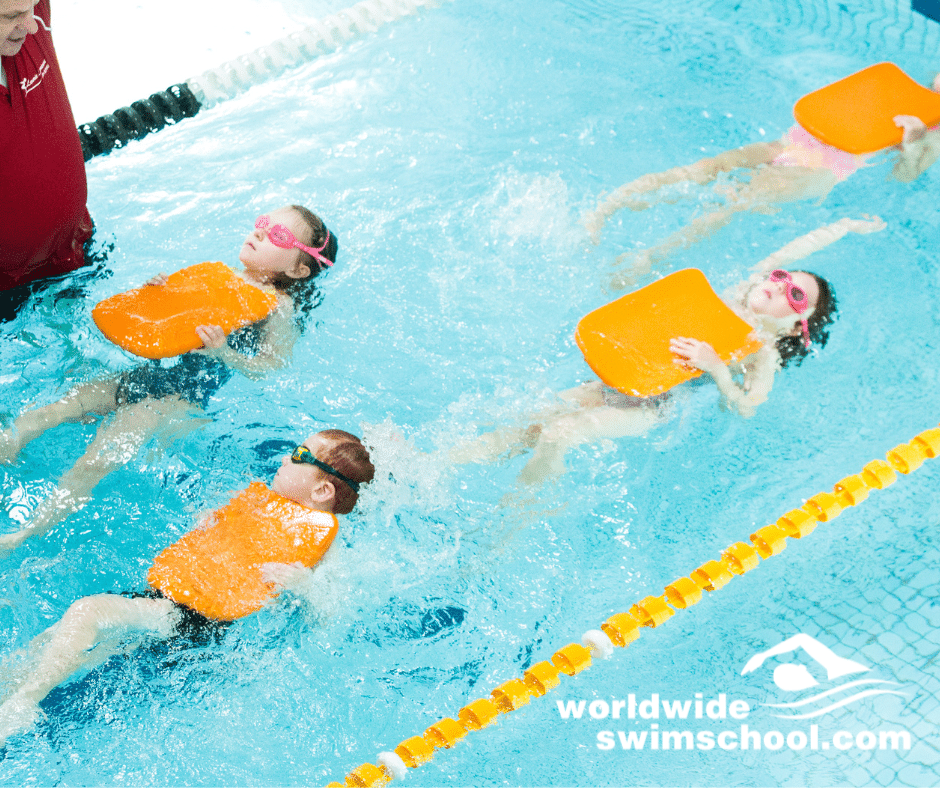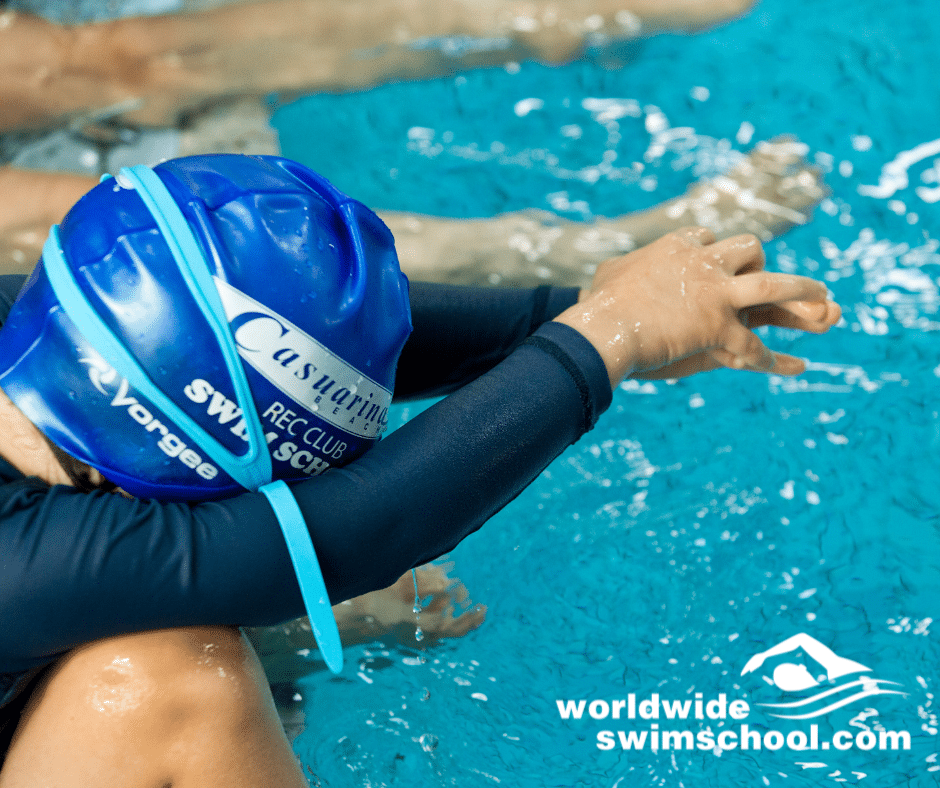World Wide Swim School has been designed to help Swim Schools learn the Laurie Lawrence philosophy of teaching swimming. When people enroll at Laurie Lawrence Swim School they are not being taught by the man himself, they are being taught by fabulous teachers. When it boils down to it, the biggest thing that Laurie Lawrence […]
Swim Lessons, Techniques & Tips: Blog & Articles
Kids Alive Water Safety Tips For Farms
On farms there are many water hazards that pose a drowning risk to children. These water hazards may include dams, water troughs, water tanks, post holes and irrigation channels. A safe play area around the home, which is fenced and where children can be supervised by adults is essential. Here, we discuss water safety tips […]
How to Conduct a Feedback Observation Session
The Owner/Manager of the Swim School must appoint be the person who carries out the feedback observation session. Furthermore, the person carrying out the session should be completely familiar with all policies, teaching methods and terminology used at the Swim School. Firstly, begin by informing the instructor that he or she will be partaking in […]
Back Float for Two to Four Year Old’s
Back Float with Board – Lap or Ledge The first step to teach back float for two to four year old’s is to hold the board correctly. The easiest way to do this is using parental or teacher demonstrations. Then give the child an opportunity to practice. Notice the position of the hands in the […]
Voluntary Breath Control – 2 Years +
Once children become 2 years of age and above they need to participate voluntarily in breath control activities. They can follow instructions and therefore can be encouraged to put their faces under the water. The objective is to teach children to hold their breath. Therefore children should not be encouraged to blow bubbles. Parents should […]

